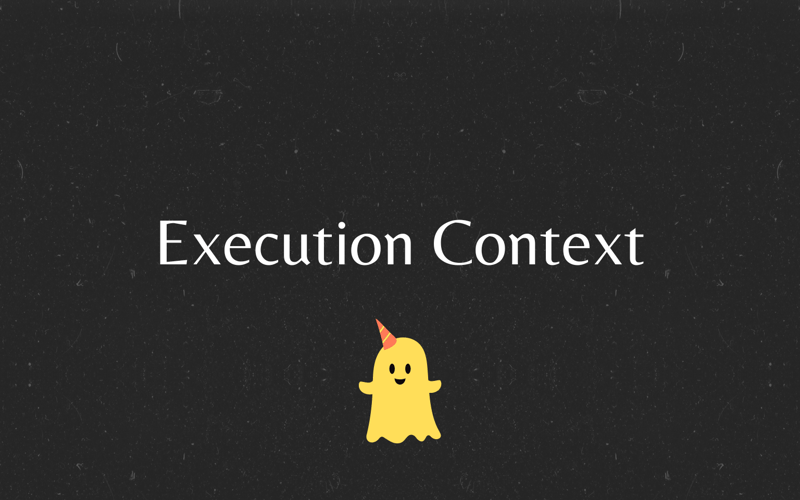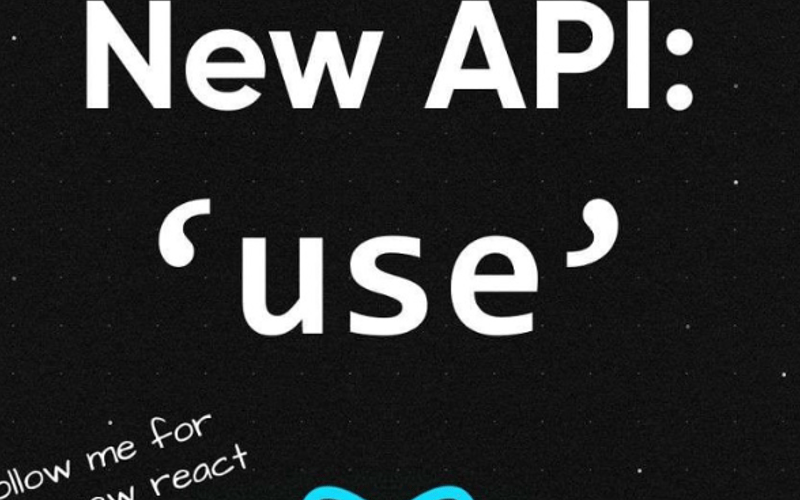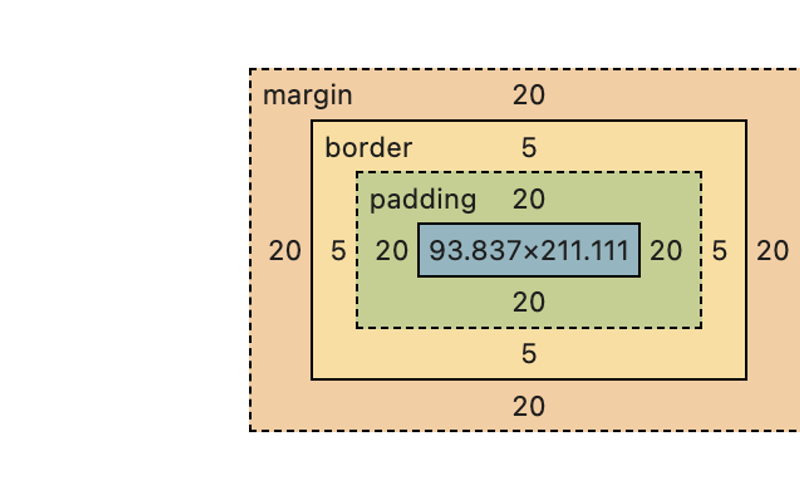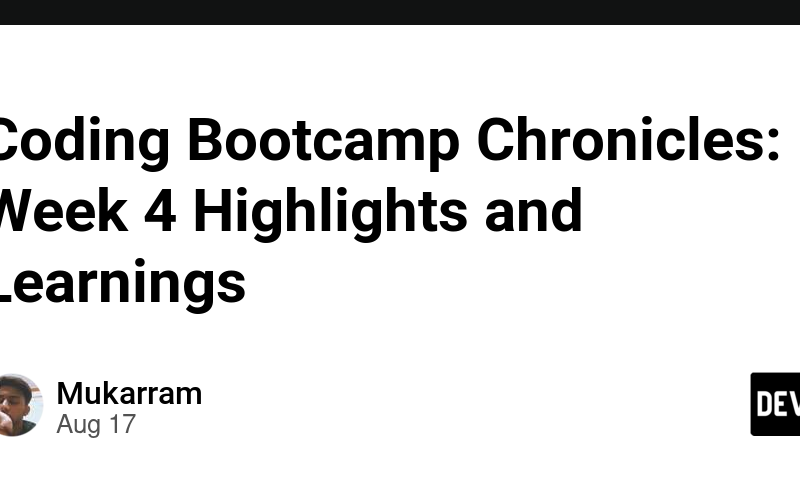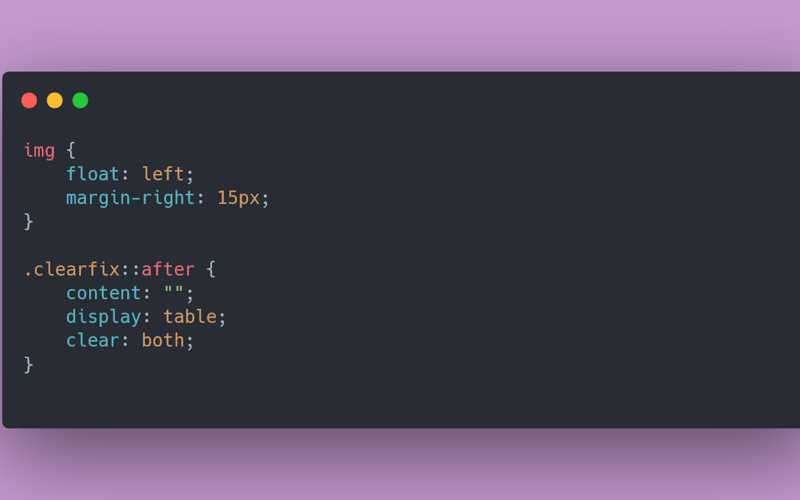21
Aug
In JavaScript, when a function is defined and later invoked, it creates an abstract container known as an execution context. This execution context holds several key components: the variables declared within the function, any nested functions, and the lexical environment. Together, these elements define the operational environment for the function's execution. Source link lol

